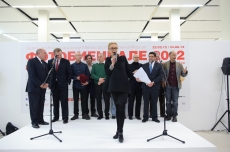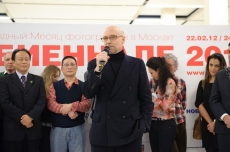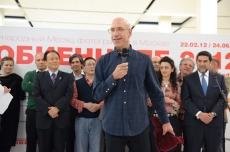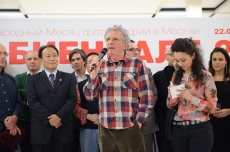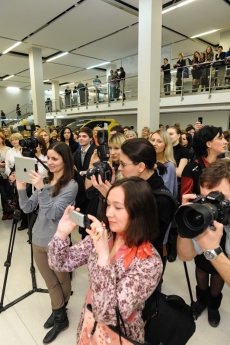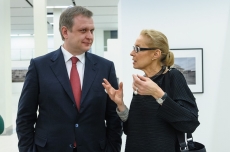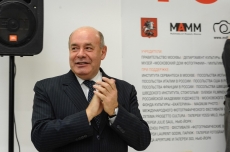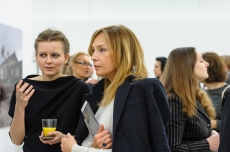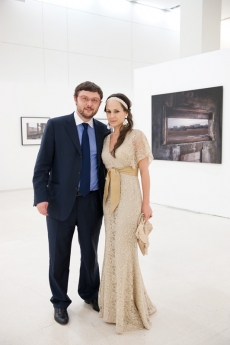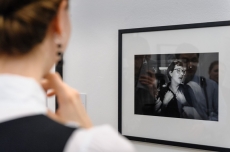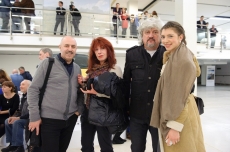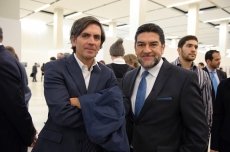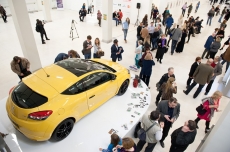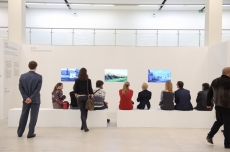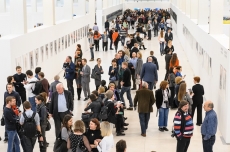9-Eyes of Google Street View
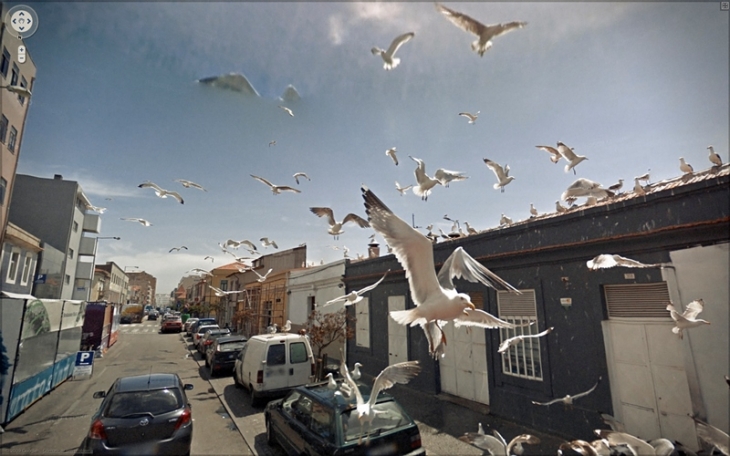
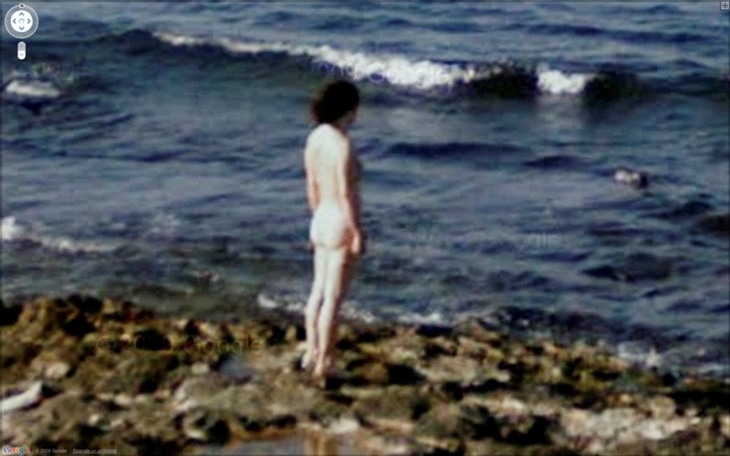
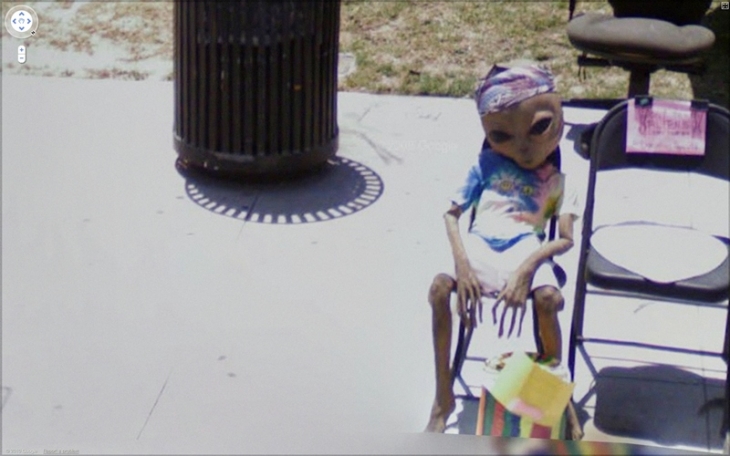
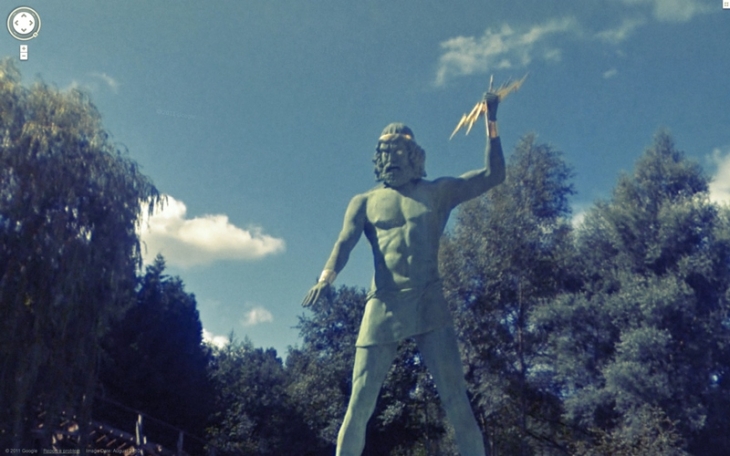
Jon Rafman. From the ‘9-Eyes of Google Street View’ project by Jon Rafman, 2008–2012. Digital print. Jon Rafman’s collection, Montreal
Jon Rafman. 58 Lungomare 9 Maggio, Bari, Puglia, Italia. From the ‘9-Eyes of Google Street View’ project by Jon Rafman, 2008–2012. Digital print. Jon Rafman’s collection, Montreal
Jon Rafman. 1576 Ocean Front Walk, Los Angeles, California, United States. From the ‘9-Eyes of Google Street View’ project by Jon Rafman, 2008–2012. Digital print. Jon Rafman’s collection, Montreal
Jon Rafman. Parc Astérix, Plailly, France. From the ‘9-Eyes of Google Street View’ project by Jon Rafman, 2008–2012. Digital print. Jon Rafman’s collection, Montreal
Moscow, 30.03.2012—9.05.2012
exhibition is over
Central exhibition hall Manege
1, Manege Square (
www.moscowmanege.ru
Share with friends
In Association with Les Rencontres d’Arles Presented by the Artist
For the press
In 2007, Google sent out an army of hybrid electric automobiles, each one bearing nine cameras on a single pole. Armed with a GPS and three laser range scanners, this fleet of cars began an endless quest to photograph every highway and byway in the free world. Consistent with the company’s mission ‘to organize the world’s information and make it universally accessible and useful,’ this enormous project, titled Google Street View, was created for the sole purpose of adding a new feature to Google Maps. Every ten to twenty meters, the nine cameras automatically capture whatever moves through their frame. Computer software stitches the photos together to create panoramic images. To prevent identification of individuals and vehicles, faces and license plates are blurred.
In 2008, I started collecting screen captures of Google Street Views from a range of Street View blogs and through my own hunting. This essay illustrates how my Street View collections reflect the excitement of exploring this new, virtual world. The world captured by Google appears to be more truthful and more transparent because of the weight accorded to external reality, the perception of a neutral, unbiased recording, and even the vastness of the project. At the same time, I acknowledge that this way of photographing creates a cultural text like any other, a structured and structuring space whose codes and meaning the artist and the curator of the images can assist in constructing or deciphering.
Initially, I was attracted to the noisy amateur aesthetic of the raw images. Street Views evoked an urgency I felt was present in earlier street photography. With its supposedly neutral gaze, the Street View photography had a spontaneous quality unspoiled by the sensitivities or agendas of a human photographer. It was tempting to see the images as a neutral and privileged representation of reality — as though the Street Views, wrenched from any social context other than geospatial contiguity, were able to perform true docu-photography, capturing fragments of reality stripped of all cultural intentions.
Within the panoramas, I can locate images of gritty urban life reminiscent of hard-boiled American street photography. Or, if I prefer, I can find images of rural Americana that recall photography commissioned by the Farm Securities Administration during the depression. I can seek out postcard-perfect shots that capture what Cartier-Bresson titled ‘the decisive moment,’ as if I were a photojournalist responding instantaneously to an emerging event. Or I can search for passing scenes that remind me of one of Jeff Wall’s staged tableaux. At other times, I have been mesmerized by the sense of nostalgia, yearning, and loss in these images — qualities that evoke old family snapshots. A future historian may wish to study the architecture of this soon-to-be-demolished Northern Parisian banlieu. If Google chooses, their systematic storing of panoramic views serves photography’s historic role of cultural preservation.
The collections of Street Views both celebrate and critique the current world. To deny Google’s power over framing our perceptions would be delusional, but the curator, in seeking out frames within these frames, reminds us of our humanity. The artist/curator, in reasserting the significance of the human gaze within Street View, recognizes the pain and disempowerment in being declared insignificant. The artist/curator challenges Google’s imperial claims and questions the company’s right to be the only one framing our cognitions and perceptions.
Jon Rafman

